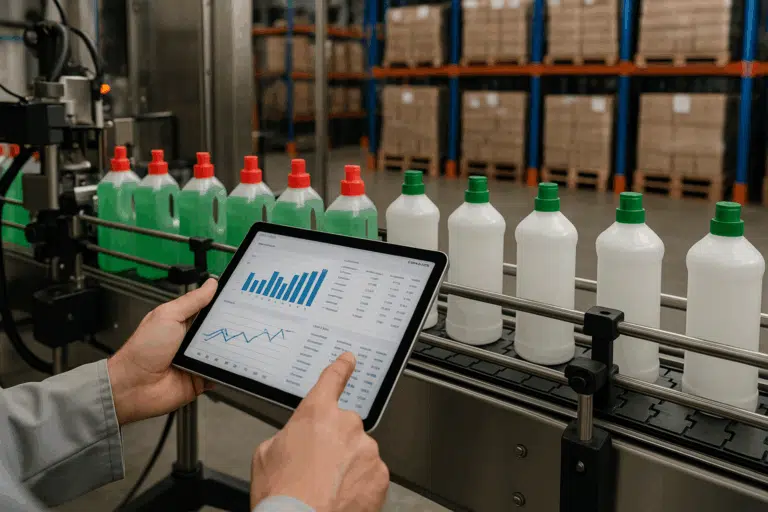How RFID is revolutionizing SOX compliance
RFID technology has helped large, mid- and small-sized firms to streamline their internal controls and automate time-consuming manual processes, which address requirements of SOX framework. Many firms are merging ERP systems with new RFID tracking solutions to generate substantial savings on resources and costs for SOX compliance.
What’s a RFID?
RFID, radio frequency identification, is essentially a tracking technology which is composed of antennas (fixed or handheld), readers, smart labels and tags (chips), and a software system. The RFID reader utilizes from radio waves to exchange information with the smart tag – that contains a RF chip which in turn sends a unique identification number (EPC) back to the reader. RFID is currently used in many tracking applications, including supply chain management, inventory control, and asset tracking. For instance, RFID smart tags can be attached to products in a warehouse to keep track of their location and movements, or to products in a retail store to prevent theft and improve inventory accuracy
Sarbanes-Oxley Act (SOX)
Sarbanes-Oxley was enacted in 2002 in the wake of financial and accounting scandals. The act sets tighter internal controls, auditing, and reporting standards for publicly held companies to protect their shareholders and others. Since the initial passage in the United States in 2002, legislation akin to SOX has been passed in several countries, such as Japan, Canada, South Africa, Korea, Mexico, and others. Each fiscal year, enterprise compliance with SOX provisions entails many resources and tends to be expensive.
RFID help with SOX Section 409 and 802 Compliance
SOX Compliance is a massive task to be handled manually. SOX Section 409 and 802 require the direct involvement of information systems, such as ERP. On one hand, SOX Section 409 demands the rapid and current disclosure of any material changes in the firm’s financial standing and operation within four days. This means that companies updating their data and systems in weekly or monthly batches are not in compliance with SOX Section 409. By connecting RFIDs to the firm’s ERP, firms can receive real-time data from RFID tracking systems on their fixed assets, inventories, and any other management information, which enables quick and accurate reporting of financial position and operations. On the other hand, SOX Section 802 requires immutable data retention of any material changes in the firm’s information disclosure. With the integration of RFIDs into business processes, CPCON’s RFID tracking systems keep record of logs and full history of data input. Ensuring proper management of changes and retaining the data for future use and reporting in compliance with SOX Section 802.

Visual illustration of ERP-RFID integration
Why does your firm need RFID?
RFID can be used in many different ways to automate and streamline manual processes. In many cases, RFIDs are used to collect and report data on check-in / outs of any item (stock items, assets, tools, etc.) without the need of line-of-sight scanning – and can be read in bulk. While RFID handheld readers speed up physical inventory procedures, fixed RFID antennas create a “hands-free” monitoring environment – which does not require labor resources – that identifies and tracks in real-time the subject objects and management. By creating APIs or tailored interfaces, RFIDs can be used to connect real-time tracking data to an existing firm’s ERP or WMS system.
RFIDs allow firms to automate manual, time-consuming processes, which frees up staff and saves cost, as well as generating efficiencies in different areas of enterprise management – such as, enterprise asset management, inventory management, maintenance tasks, etc.
Where to start if you think RFID can help
The most appropriate place to start is to reevaluate those business processes or internal controls you wish could be automated. For example, the asset management tasks that require extensive asset tagging and physical inventory would be a great candidate. With the integration of real-time RFID tracking data and ERP system, firms eliminate manual data entry and reconciliation, long physical inspections, and audit risks. Promoting improved financial reporting and regulatory compliance, while saving costs and resources.
Merged SOX and RFID interface implementation offer a great opportunity for firms to streamline existing business processes and internal controls – which have become an increasingly top priority audit point on supply chain and asset management.
CPCON has vast experience in guiding firms to business processes solutions, SOX regulatory compliance, and advanced RFID technology. So let us help you get started today.



























